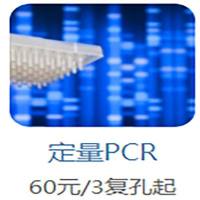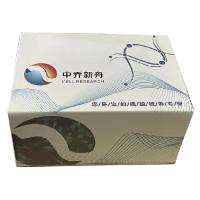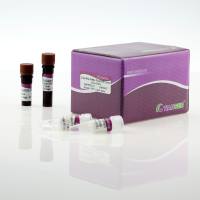Overcoming Inhibition in Real-Time Diagnostic PCR
互联网
616
PCR is an important and powerful tool in several fields, including clinical diagnostics, food analysis, and forensic analysis. In theory, PCR enables the detection of one single cell or DNA molecule. However, the presence of PCR inhibitors in the sample affects the amplification efficiency of PCR, thus lowering the detection limit, as well as the precision of sequence-specific nucleic acid quantification in real-time PCR. In order to overcome the problems caused by PCR inhibitors, all the steps leading up to DNA amplification must be optimized for the sample type in question. Sampling and sample treatment are key steps, but most of the methods currently in use were developed for conventional diagnostic methods and not for PCR. Therefore, there is a need for fast, simple, and robust sample preparation methods that take advantage of the accuracy of PCR. In addition, the thermostable DNA polymerases and buffer systems used in PCR are affected differently by inhibitors. During recent years, real-time PCR has developed considerably and is now widely used as a diagnostic tool. This technique has greatly improved the degree of automation and reduced the analysis time, but has also introduced a new set of PCR inhibitors, namely those affecting the fluorescence signal. The purpose of this chapter is to view the complexity of PCR inhibition from different angles, presenting both molecular explanations and practical ways of dealing with the problem. Although diagnostic PCR brings together scientists from different diagnostic fields, end-users have not fully exploited the potential of learning from each other. Here, we have collected knowledge from archeological analysis, clinical diagnostics, environmental analysis, food analysis, and forensic analysis. The concept of integrating sampling, sample treatment, and the chemistry of PCR, i.e., pre-PCR processing, will be addressed as a general approach to overcoming real-time PCR inhibition and producing samples optimal for PCR analysis.









